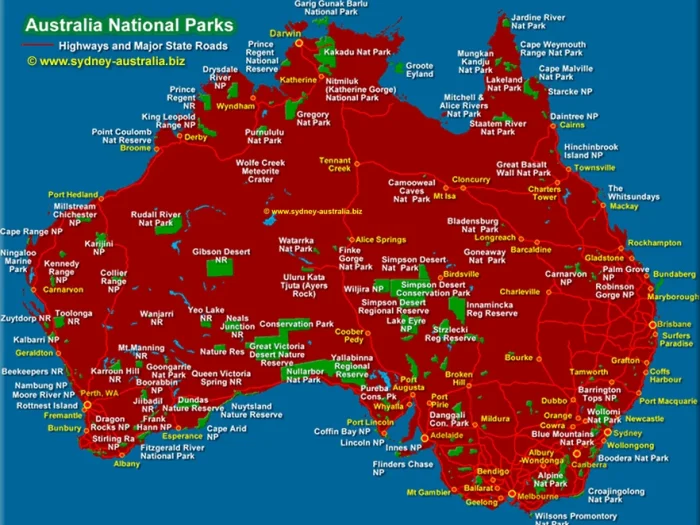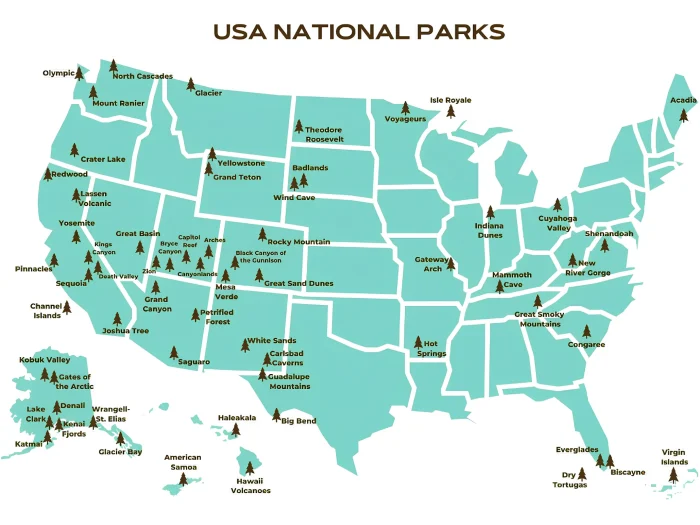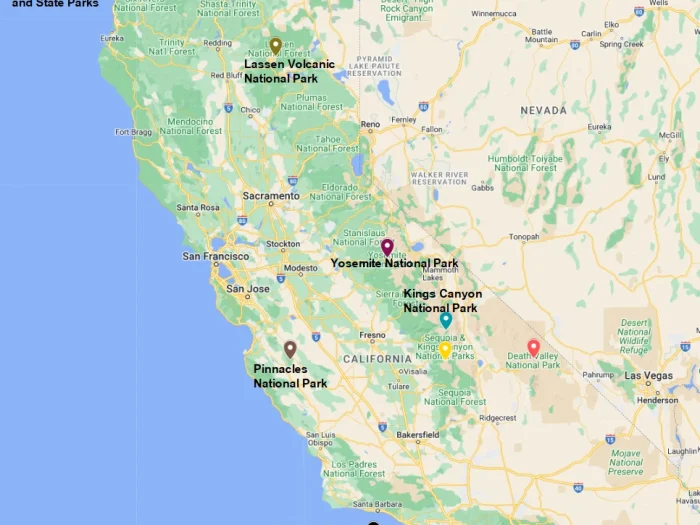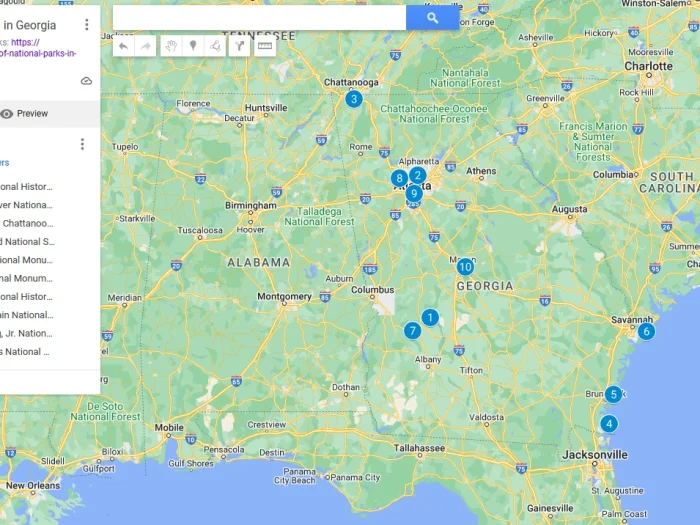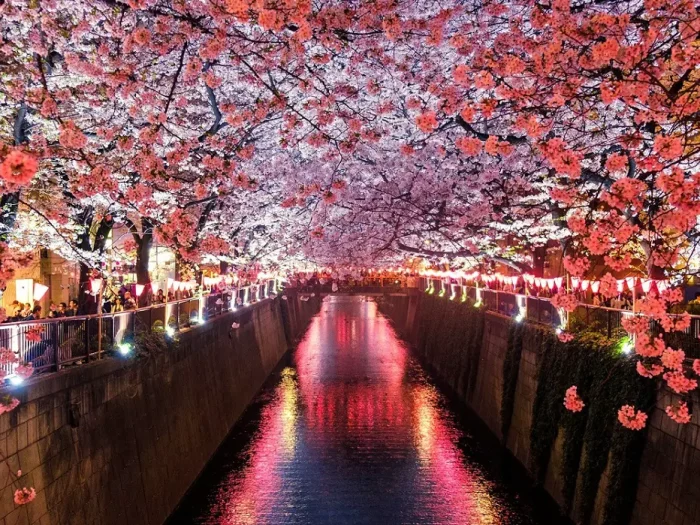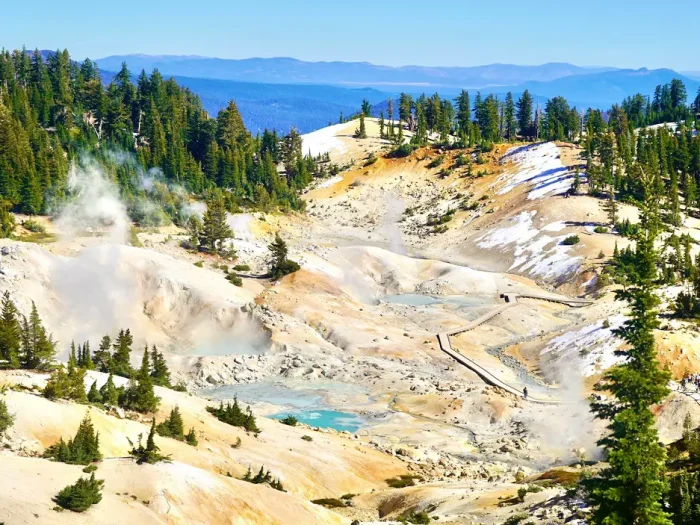8 Tips for the Best Time to Visit National Parks
Visiting national parks offers a breathtaking escape into nature’s beauty. To ensure you have the best experience, timing your visit is crucial.
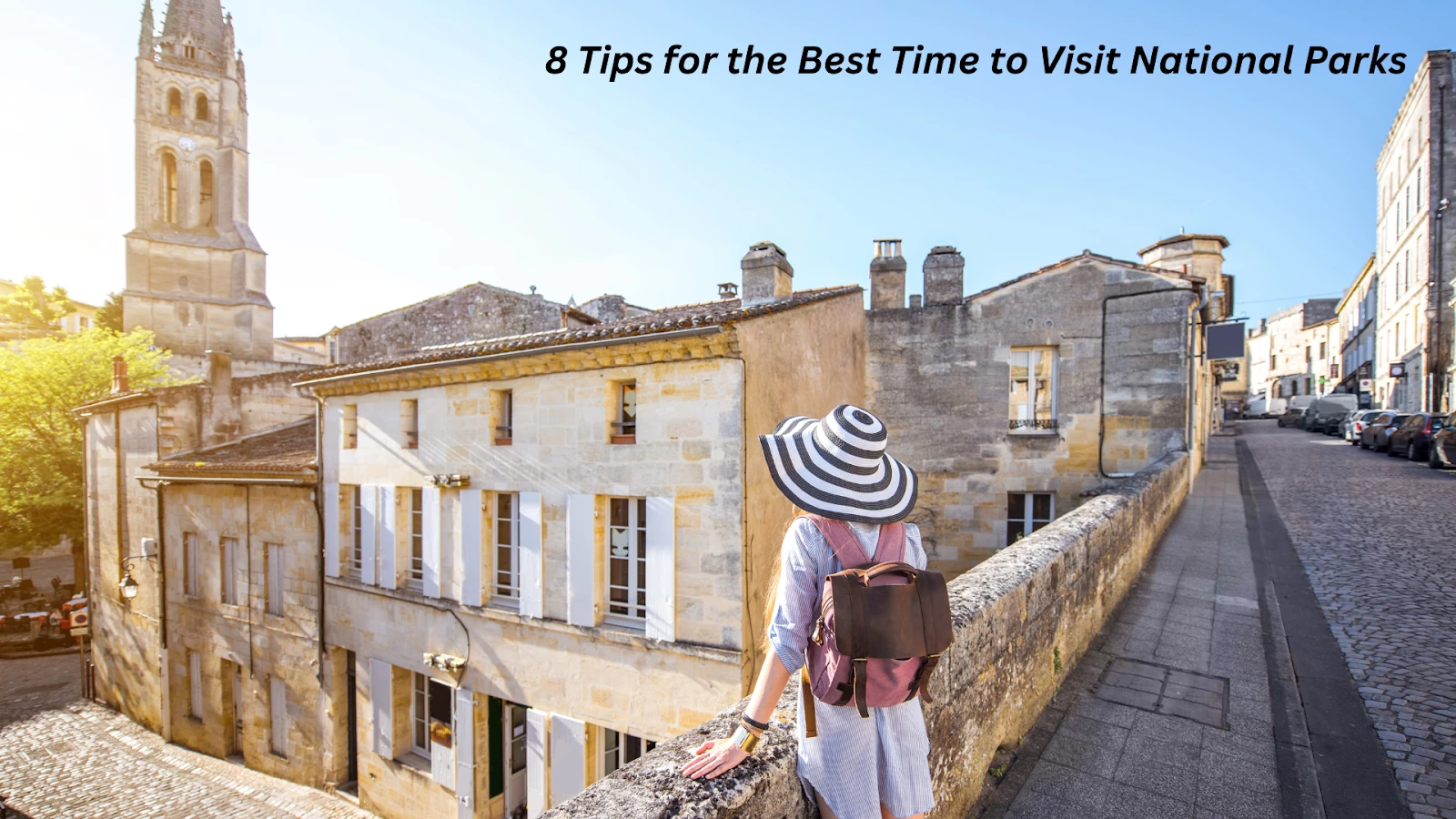
Here are eight tips to help you choose the optimal time to explore these natural wonders.
Leverage Seasonal Weather Patterns
When planning your national park visit, considering the weather conditions is essential. Mild temperatures and clear skies can significantly enhance your experience.
Research the best months for mild weather, as this can make a huge difference in your trip’s overall enjoyment. For instance, spring and fall often provide pleasant temperatures and fewer weather-related disruptions, making them ideal times for outdoor activities. Avoiding the intense heat of summer and the heavy snowfall of winter is also advisable, as extreme conditions can limit your activities and reduce enjoyment.
Understanding the weather patterns of the national park you plan to visit can help you make an informed decision. For example, while spring in Yellowstone National Park brings blooming wildflowers and active wildlife, it can also mean muddy trails due to melting snow.
It can also mean muddy trails due to melting snow. On the other hand, a summer visit to Grand Canyon National Park might offer long daylight hours for hiking, but you could also face scorching temperatures and crowded trails.
Network connectivity will be poor in some areas, so plan accordingly. Consider using a prepaid eSIM for tourists in the USA to stay connected. Therefore, aligning your visit with the season that offers the most favorable weather conditions is key to maximizing your enjoyment and safety
Consider Crowds and Peak Seasons
National parks can become crowded during peak tourist months, making it challenging to find solitude and enjoy the natural beauty. Identifying the busiest times for each park is essential to plan your visit accordingly. Summer holidays and spring breaks are typically the most crowded periods, with popular parks like Yosemite and Zion seeing a significant influx of visitors.
To enjoy a more serene experience, consider visiting during off-peak times. The shoulder seasons, such as early spring or late fall, often provide a balance between good weather and fewer visitors.
These periods allow you to explore the park’s attractions without the hustle and bustle of peak season crowds. Additionally, visiting during off-peak times can also mean more availability in accommodations and less competition for camping spots, making your trip more enjoyable and stress-free.
Wildlife Viewing Opportunities
Spotting wildlife can be one of the highlights of a national park visit. However, knowing when and where to look is key to maximizing your chances of encountering animals.
Researching the best seasons for viewing specific animals can greatly enhance your wildlife experience. For example, bears are more active in the fall as they prepare for hibernation, while spring is excellent for birdwatching, with many species migrating and breeding.
Learning about seasonal migrations and breeding periods is also crucial. In parks like Denali in Alaska, late summer is prime time for spotting caribou and wolves.
Meanwhile, in Everglades National Park, the dry season from November to April offers the best opportunities to see a variety of birds and alligators congregating around shrinking waterholes. Timing your visit to coincide with these natural events can provide unforgettable wildlife encounters and enhance your overall park experience.
| Season | Wildlife Activity | Best for Viewing | Examples |
| Spring | Active, breeding | Birds, mammals | Birdwatching in Everglades |
| Summer | Moderate | Various wildlife | Caribou and wolves in Denali |
| Fall | Preparing for winter | Bears, larger mammals | Bears in Yellowstone |
| Winter | Hibernating or inactive | Limited sightings | Migratory birds in warmer parks |
For outdoor enthusiasts, planning your visit around ideal conditions for hiking and other adventures is essential. Some trails are only accessible during certain times of the year, so checking the status of popular trails before planning your trip is important. For instance, many high-elevation trails in Rocky Mountain National Park are covered in snow until late June, while lower-elevation trails in parks like Joshua Tree are best explored in the cooler months of fall and spring.
Ensuring the trails are safe by considering seasonal factors like snow, ice, and flooding can prevent accidents and enhance your hiking experience. Moreover, certain parks offer unique seasonal activities.
For example, winter in Yosemite allows for snowshoeing and ice skating, while summer in Acadia National Park offers excellent conditions for kayaking and mountain biking. Aligning your visit with the activities you wish to pursue ensures a fulfilling and enjoyable trip.
Camping and Accommodation Availability
Booking accommodations can be challenging during peak seasons, especially in popular national parks. Understanding the high-demand periods for camping and lodges is crucial to securing your spot.
Summer and holiday weekends often require reservations well in advance, and without proper planning, you might find yourself without a place to stay. To increase your chances of finding a spot, explore alternative options like backcountry camping or less popular campgrounds.
Many national parks have hidden gems that are less frequented by tourists, offering a more secluded and peaceful camping experience. Planning ahead and considering all available options can help ensure a smooth and enjoyable stay in the park.
Avoiding Insects and Allergens
Insects and allergens can significantly impact your comfort during a national park visit. Choosing seasons with fewer pests and lower allergen levels can make your trip more enjoyable.
Late fall and early spring typically have fewer mosquitoes and ticks, reducing the likelihood of bites and related discomforts. These seasons also often coincide with cooler temperatures, which can be more pleasant for outdoor activities.
Understanding the peak times for pollen and other allergens is also important. For instance, if you suffer from seasonal allergies, visiting a park during the height of the pollen season can be uncomfortable.
By timing your visit to avoid these peak allergen periods, you can enjoy the park’s beauty without the distraction of itchy eyes and a runny nose. Preparing accordingly, such as bringing antihistamines or insect repellent, can also help mitigate these issues and ensure a more pleasant experience.
Photography and Scenic Views
Capturing stunning landscapes and vibrant colors is a major draw for many national park visitors. Timing your visit with the best seasons for photography can result in breathtaking photos.
Each season offers unique photographic opportunities: spring brings blooming flowers and lush greenery, while fall showcases colorful foliage and dramatic landscapes. Plan your visits to take advantage of the best lighting conditions.
Early mornings and late afternoons often provide the best lighting for photography, with the soft, golden light enhancing the natural beauty of the landscapes. Additionally, some parks offer special photographic opportunities during specific seasons.
Budget-Friendly Travel Tips
Traveling during off-peak seasons can save you money and make your trip more affordable. Many parks offer lower entrance fees and discounts during less busy times of the year. By avoiding the peak tourist seasons, you can take advantage of cost-saving strategies and enjoy the park without breaking the bank.
Research available discounts for accommodations, tours, and activities. Many national parks have partnerships with local businesses that offer deals and discounts for visitors. Booking in advance can also help you secure better rates and availability, especially for popular attractions and lodging options. With proper planning, you can have a memorable and cost-effective national park adventure.
Timing your visit to national parks can significantly enhance your experience. By considering seasonal weather patterns, crowds, wildlife opportunities, and other factors, you can plan a trip that offers optimal enjoyment. Whether you’re an avid hiker, wildlife enthusiast, or photography buff, these tips will help you make the most of your national park adventure.
FAQs
1. When is the best time to visit Yellowstone National Park?
Late spring and early fall offer mild weather and fewer crowds.
2. How can I avoid mosquitoes while camping?
Choose late fall or early spring, and use insect repellent.
3. Are national parks open year-round?
Most parks are open year-round, but some facilities and trails may close seasonally.

